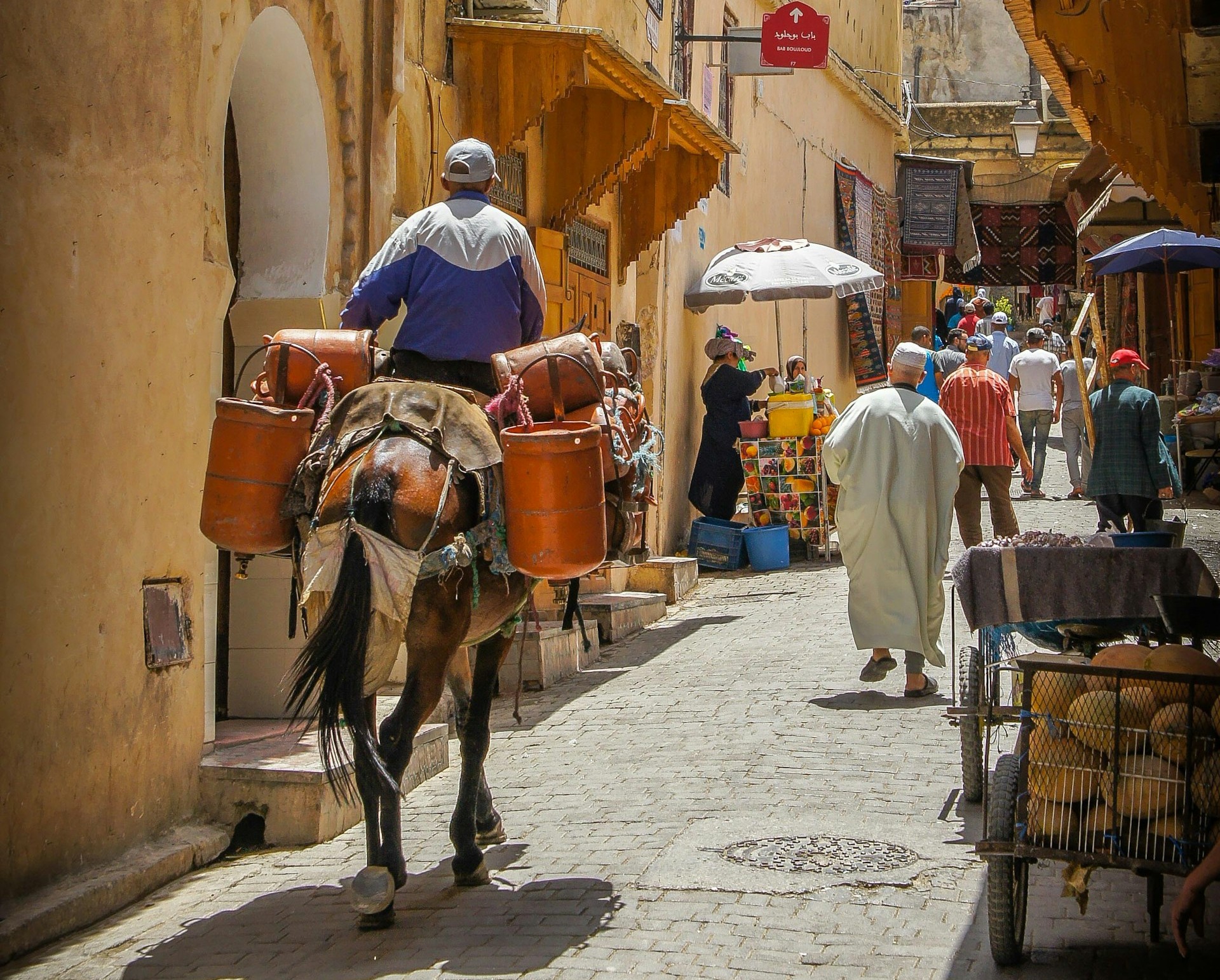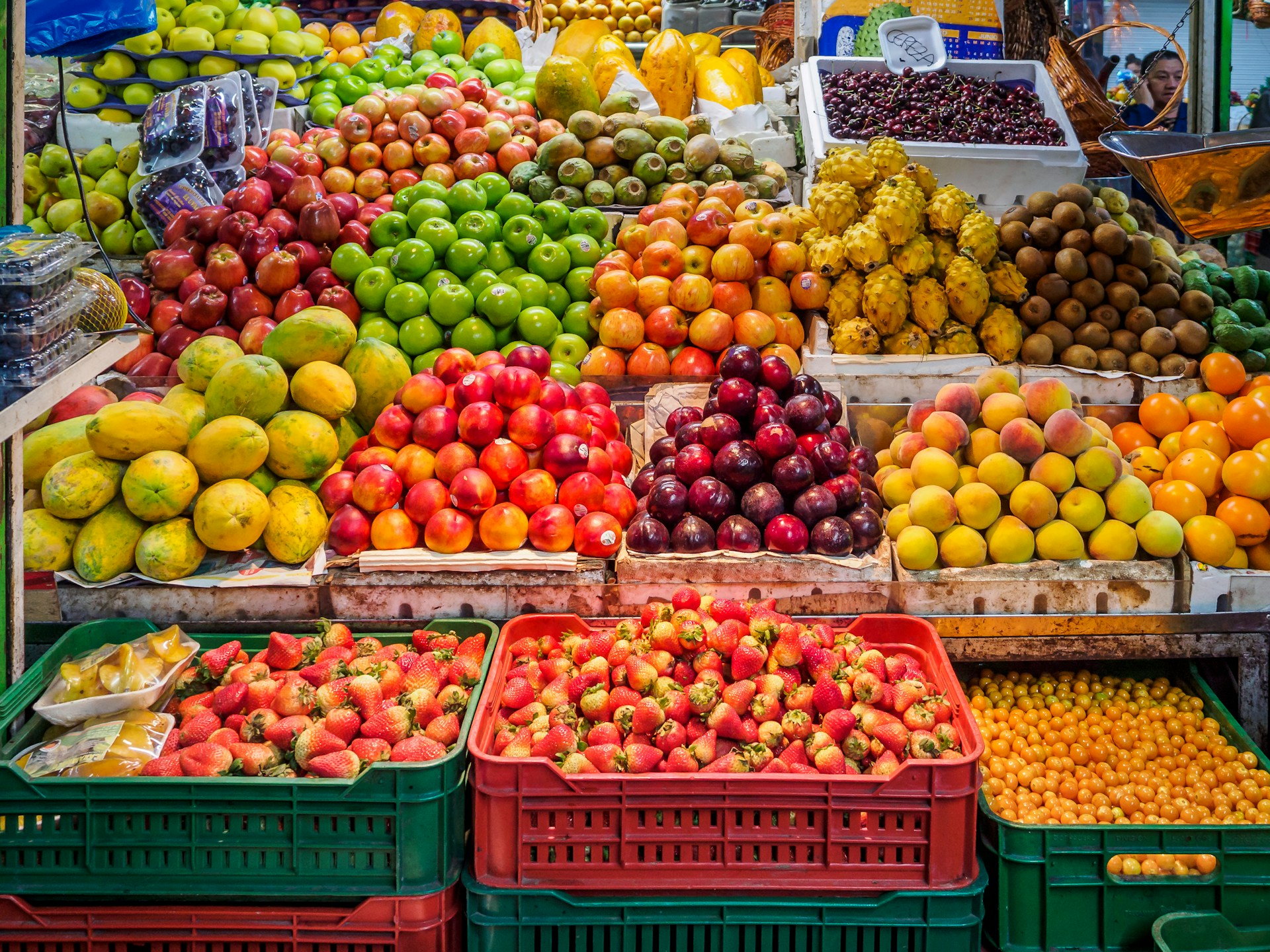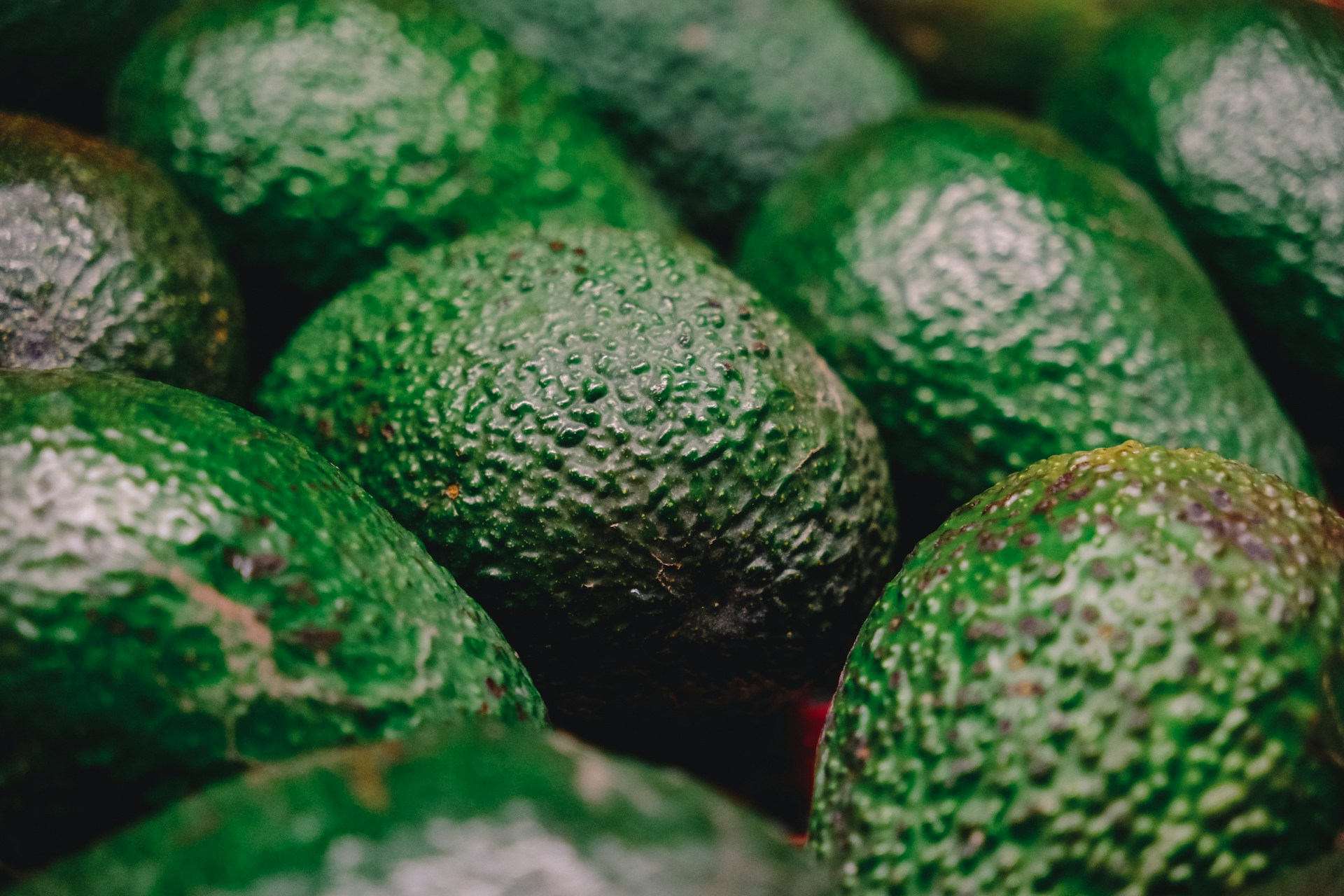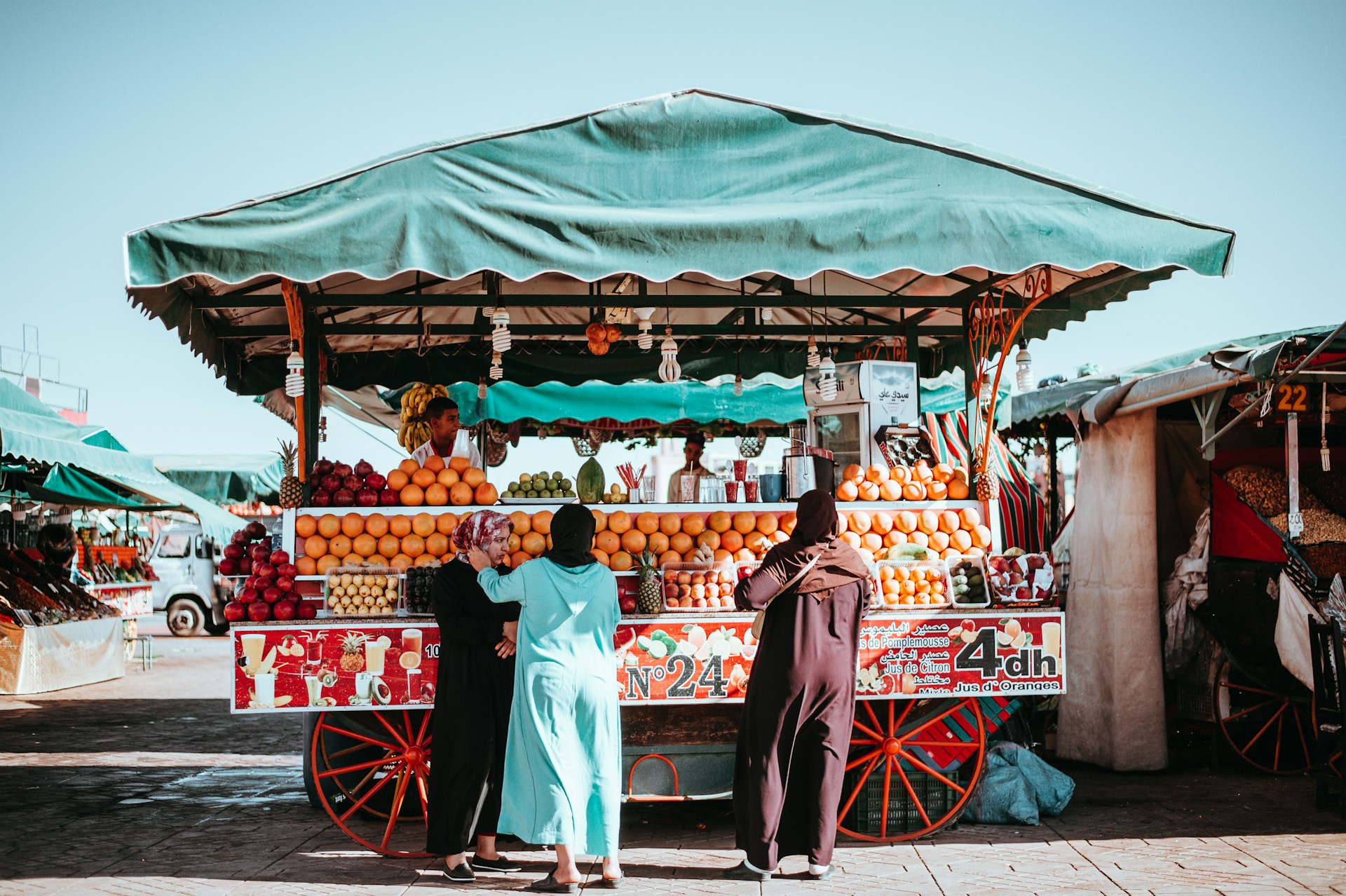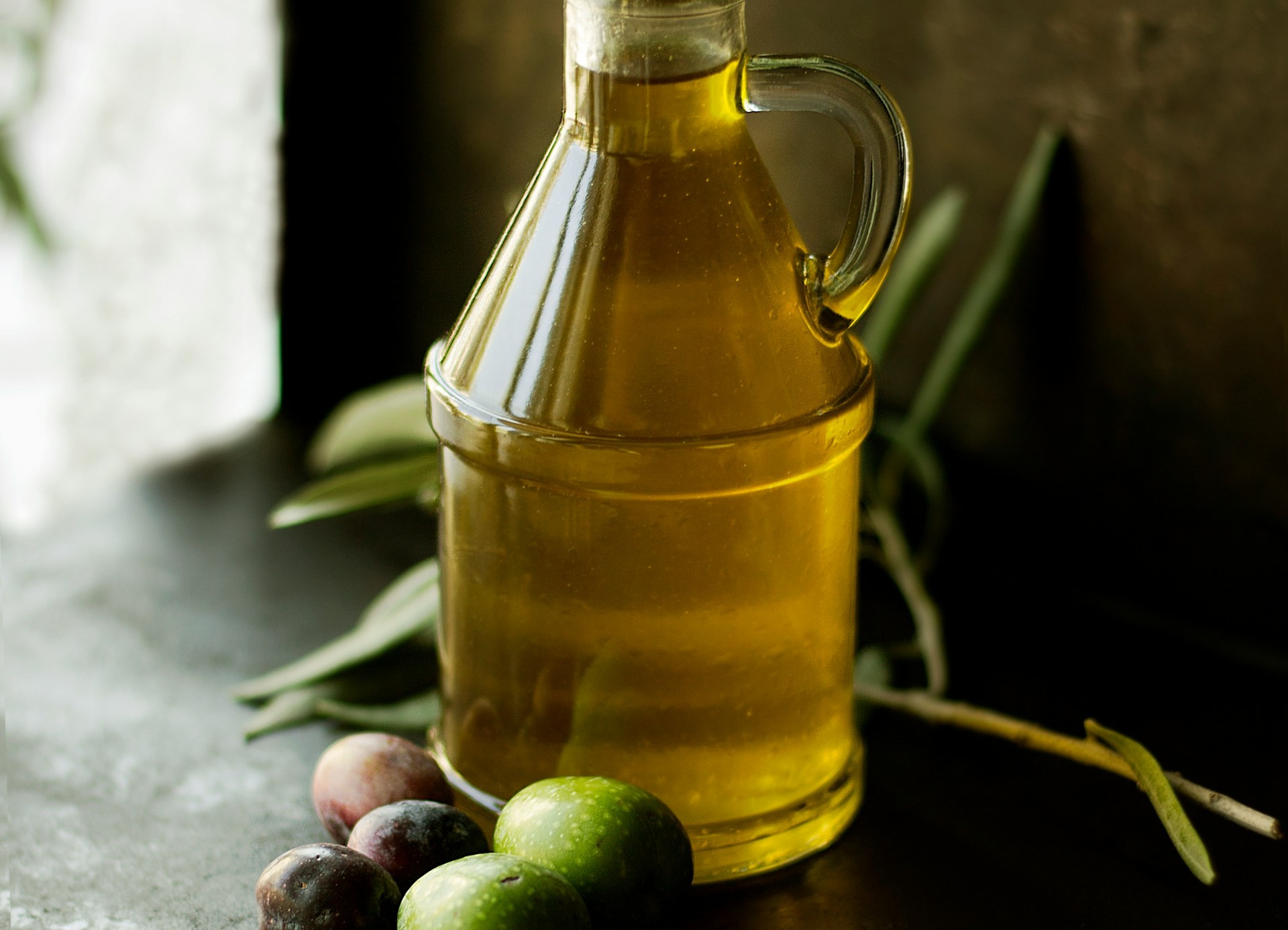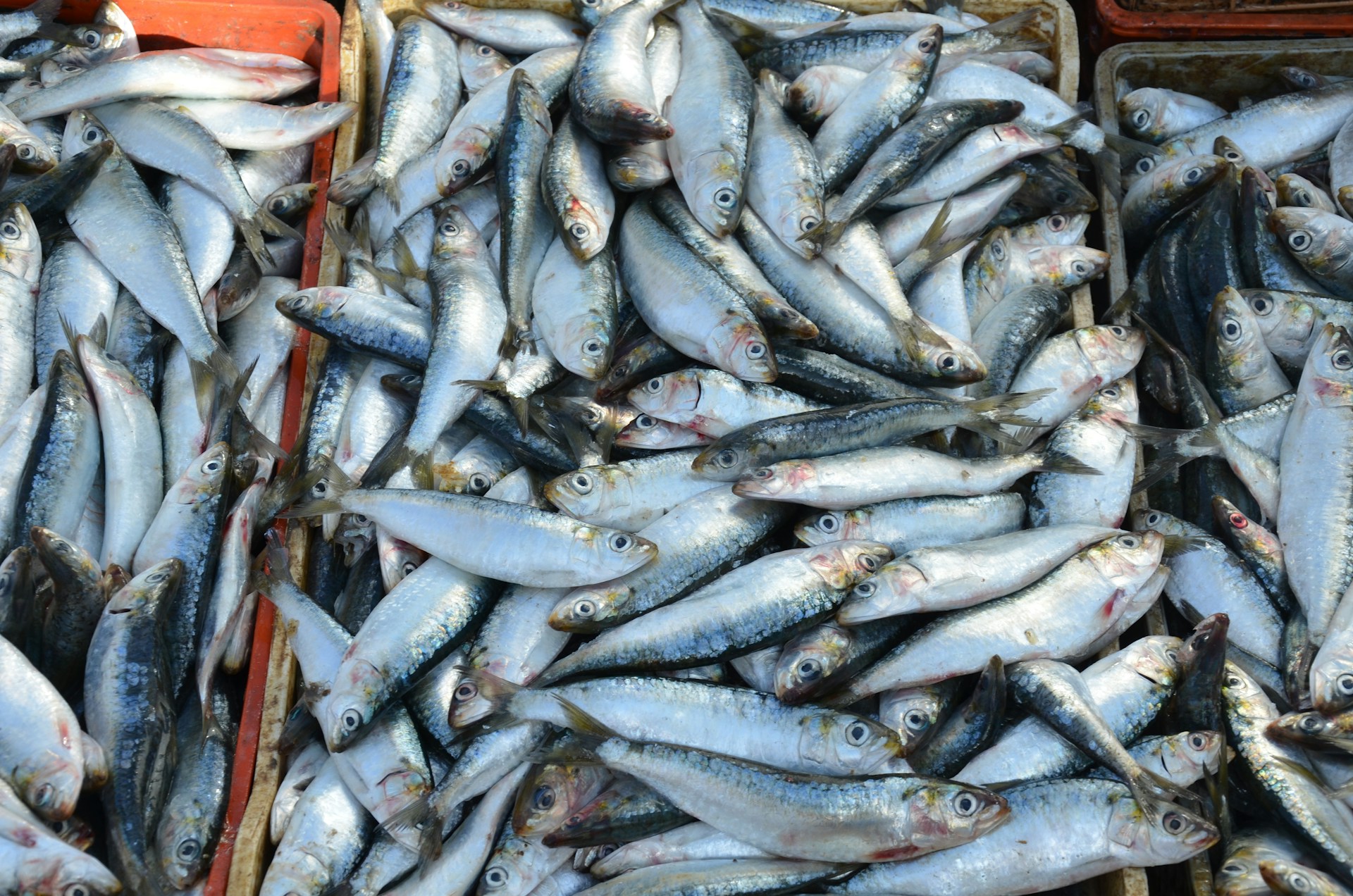Casablanca – Morocco’s agricultural sector has experienced remarkable growth over the past two decades, transforming the country into one of the Mediterranean’s leading exporters of fruits and vegetables. Recent international reports confirm that Morocco has moved far beyond drought recovery to establish itself as a major player in global produce markets.
Rising production and export value
According to agricultural trade data, Morocco’s fruit and vegetable exports have grown by 120% in volume and increased fivefold in value between 2005 and 2023. The total value of Moroccan produce exports in the Mediterranean is now estimated at $3.93 billion, reflecting strong competitiveness across multiple product categories.
Fruit production in Morocco has expanded by around 33% over the last 20 years, while vegetable output has risen by nearly 17%, supported by new irrigation systems, greenhouse investments, and export-oriented crop diversification. The overall fruits and vegetables market in Morocco is valued at approximately $4.55 billion in 2025, with forecasts suggesting it could reach $5.60 billion by 2030.
Strategic crop development
Morocco’s agricultural expansion has been largely driven by a deliberate shift toward high-value crops such as berries, avocados, and tomatoes. Tomatoes remain the cornerstone of Morocco’s export portfolio, accounting for almost half of total vegetable export volume and generating about $1.06 billion in export revenue annually.
Meanwhile, the country has emerged as one of the leading exporters of avocados and blueberries to European markets, particularly the United Kingdom and the Netherlands. At the same time, the citrus sector has seen mixed trends — orange exports have fallen sharply over the years, while mandarins have become Morocco’s primary fruit export category.
Expanding international markets
Morocco’s produce exports have achieved an estimated 500% increase in value over the past two decades. Europe remains the main destination for Moroccan produce, with France and Spain accounting for approximately 46% of shipments, and the United Kingdom and the Netherlands taking about 29%.
The North American market is also gaining importance: the United States and Canada mainly import Moroccan citrus products, which have established a reputation for quality and reliability. Italy’s imports of Moroccan fruits and vegetables remain moderate but steady, contributing to a balanced regional trade profile.
Key drivers of growth
Several factors underpin Morocco’s agricultural success. The country’s geographic proximity to European markets gives it a logistical edge, allowing for rapid delivery and lower transport costs. Morocco’s diverse climate zones enable year-round production of many export crops, ensuring a consistent supply even when European producers are out of season.
Government-led programs have also supported modernization across the agricultural value chain. Investments in greenhouses, cold storage, and port infrastructure—particularly in Agadir and the Tanger Med zone—have strengthened export efficiency and product quality standards.
Partnerships with international institutions, such as the European Bank for Reconstruction and Development, have helped Moroccan producers adopt sustainable practices and expand into new markets in Asia and the Middle East.
Market challenges and sustainability concerns
Despite this progress, Morocco’s agricultural growth faces ongoing challenges. Drought cycles continue to pressure water resources, prompting a growing shift toward precision irrigation and solar-powered desalination systems. The reliance on European markets also presents exposure to changes in trade policies and environmental standards.
Moreover, competition from emerging producers in Latin America and sub-Saharan Africa may require Morocco to further diversify its product range and invest more in research and crop innovation.
The road ahead
Experts believe that Morocco’s export value could surpass $6 billion by 2030 if current growth rates continue and new markets are consolidated. The country’s agricultural transformation—once centered on basic crop survival—has now evolved into a sophisticated export system integrated with global supply chains.
With consistent government support, private sector investment, and a clear focus on quality and sustainability, Morocco is well-positioned to maintain its role as one of the Mediterranean’s most competitive agricultural exporters.


